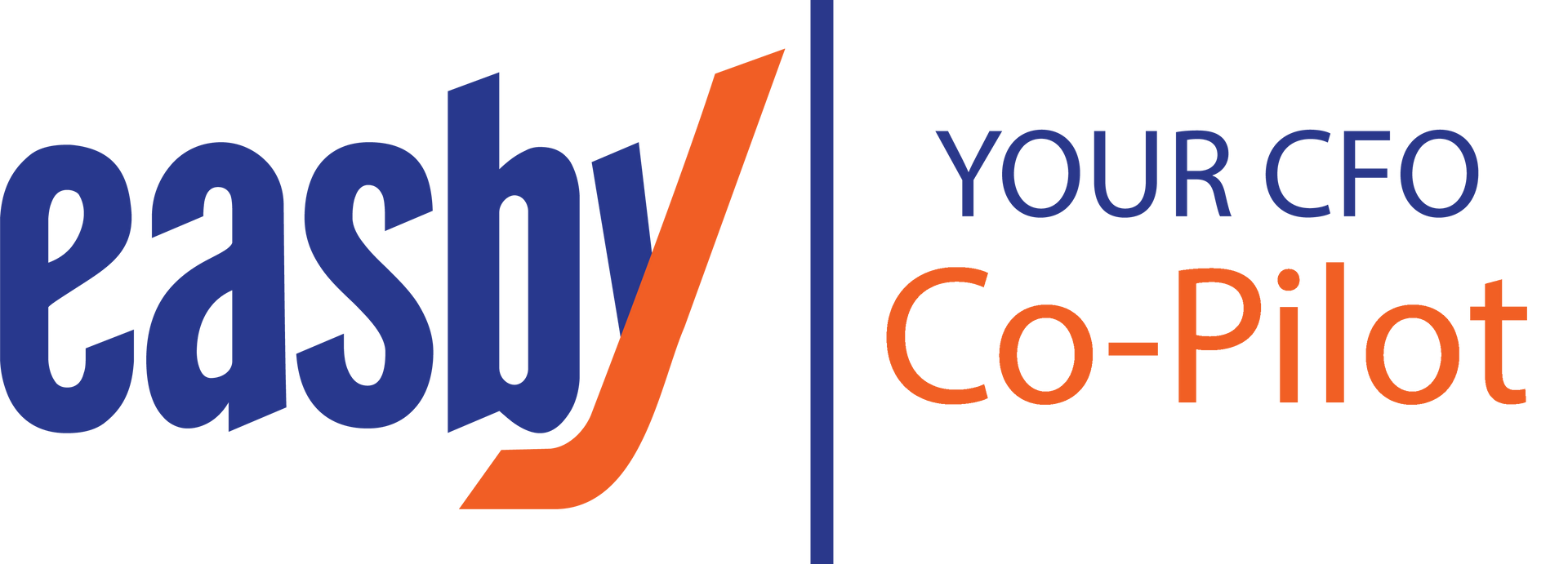Top Finance and Accounting Industry Trends for 2022
Share this article:
Rose Report: Issue 48

By Ted Rose, CEO, Rose Financial Solutions
For the past two years, COVID-19 has presented many challenges to the business world, driving companies to implement transformative changes to the way they operate, including how they manage their finance and accounting functions. The most impactful changes have occurred in the area of technology, a trend that will continue in 2022 and beyond. To quote author Stewart Brand, “Once a new technology rolls over you, if you’re not part of the steamroller, you’re part of the road.” Indeed, companies that haven’t made an investment in finance and accounting technology are far behind the competition in having a clear understanding of their financial position today and into the future — a competitive edge that is essential as we move past the health crisis and back to ‘business as usual.’ That’s why technology is the common thread in the following finance and accounting industry trends for 2022.
Remote Workforce
The pandemic forced us to reimagine how and where we work in order to keep employees safe and healthy. With that, many knowledge employees have settled into working remotely and post pandemic want to split their time between home and the office. In fact, according to the April 2021 report, What employees are saying about the future of remote work , 56% of employees want their companies to implement flexible hybrid virtual-working models. In order to meet employees’ demands, it looks like remote work is here to stay. With this changing workplace landscape, businesses are moving towards finance and accounting systems that can be securely accessed by employees whether they are in the office or working remotely and are configured to provide real-time data that is timely and accurate.
Risk of Fraud
The Association of Certified Fraud Examiners (ACFE) reports that fraud risks are evolving in the wake of the pandemic. And while businesses have become more acutely aware of the risk of fraud that occurs from outside forces, it is often hard to detect the threat from within. That’s why it is important to utilize accounting best practices that not only deter employees or others from committing fraud, but also provide a clear view of the business’ finances.
The risk of fraud grows when appropriate control structures are not developed. With that in mind, many companies are implementing finance and accounting system that automate procedures and enforce protocols that only allow individuals with authorization to access, review, and approve payments.
Data Security
Cyber attackers view the disruption brought on by the pandemic as an opportunity to step up their game and prey on of the vulnerability of a company’s remote workforce. Employees who work from home are at a significantly higher risk than those who work in offices because residential connections are less secure. This results in cyber criminals being able to gain access to a company’s network—and their financial information—more easily. That’s why there is movement towards hardening access to corporate data through security measures such as multi-factor identification, encryption, and security awareness training.
Optical Character Recognition (ORC)
The necessity to retain data in digital form is becoming more crucial as companies increasingly rely on data-driven information such as financial forecasting, key performance indicators (KPIs), and cashflow analysis to make better business decisions. Not all accounting activities, however, are paperless, and manually converting printed invoices to digital data takes time and is at risk of human error. By utilizing ORC, data entry is automated, more accurate, and a less time-consuming process.
Artificial Intelligence and Machine Learning
Artificial intelligence (AI) and machine learning (ML) are having a major impact on how businesses plan for the future, and the finance and accounting profession is already embracing these technologies. While the full benefit of AI and ML may take years to come to fruition, companies that want to head down a path of becoming an industry leader will need to build an infrastructure that is able to benefit from the promise of these technologies. With automated processes in place, AI and ML will code, route, and analyze information, and provide additional insight based on future financial results based on market data trends.
Financial Guidance
Today’s business leaders expect finance and accounting services that go beyond ensuring compliance and maintaining records. They also want proactive strategic assistance and direction to help them in making better business decisions. This paradigm shift necessitates companies to invest not only in, cutting-edge technology that allows for greater visibility into financial performance, but also highly experienced finance and accounting personnel.
As these trends show, the finance and accounting industry will continue to focus on technology advancements in 2022. However, technology will not replace accounting and finance professionals, but rather provide them with the opportunity to focus on data analysis, process development, and strategic initiatives.
If you would like to learn more about these trends and how they can help your company succeed in 2022, please schedule an introductory meeting.
This content is for information purposes only and should not be considered legal, accounting or tax advice, or a substitute for obtaining such advice specific to your business.
Visit Us On:





